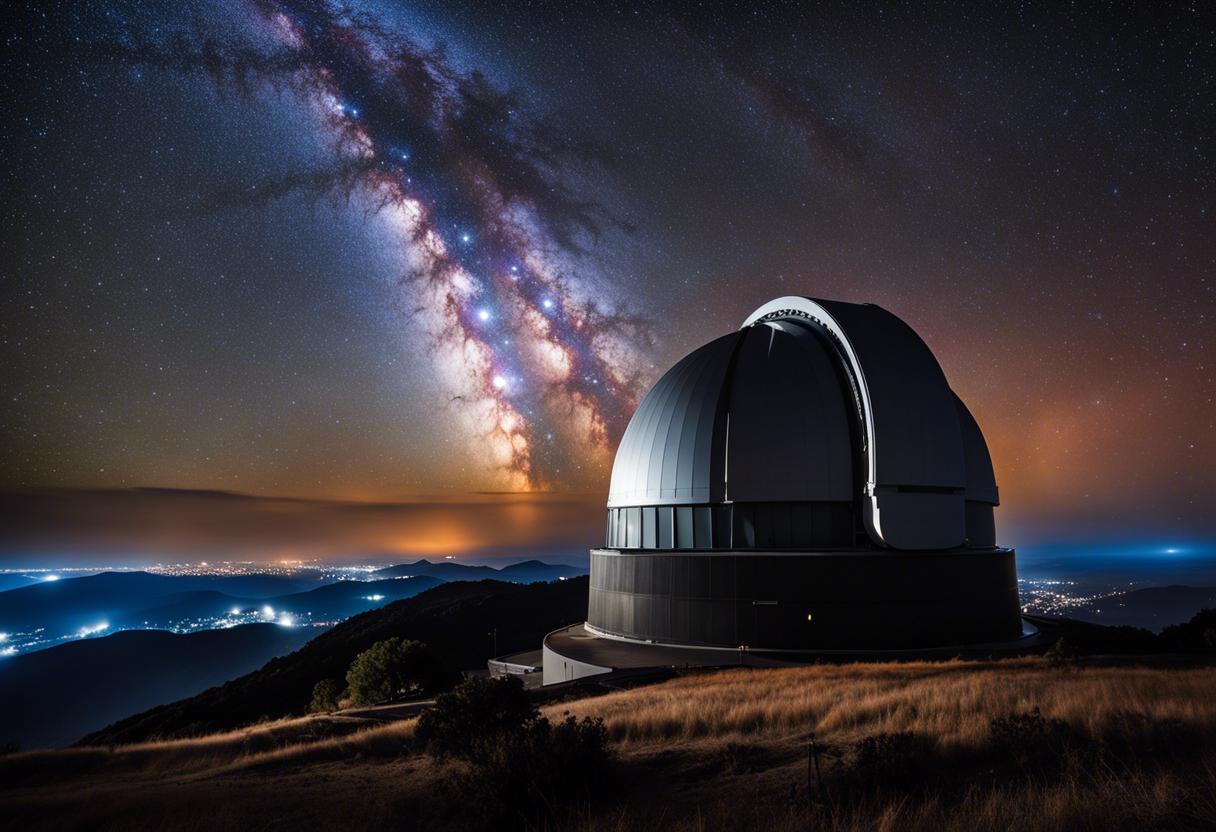The European Space Agency’s (ESA) Euclid telescope has taken the journey to space to reveal the mysteries of the cosmos. This huge device has managed to take the largest and crispest images of the universe. On Thursday, ESA revealed five of these images, each capturing vast new parts of the sky with unparalleled precision and giving a thrilling peek into the universe’s darker aspects.
Astrologists have discovered several wandering planets, untethered to any stars, by focusing Euclid on a distant part of the Milky Way. They have glimpsed these planets in the depths of the Orion nebula, a colossal nebula 1,500 light years away comprising dust and gas
The two galaxy clusters known as Abell 2764 and Abell 2390 were included in the images, as well as a group of galaxies referred to as the Dorado, a spiral galaxy named NGC 6744, and Messier 78, a stunning stellar nursery. At a mere 1,300 light years’ distance from Earth, Messier 78 is the closest, while Abell 2390, located in the Pegasus constellation, is the farthest at 2.7 billion light years.
The insights obtained from Euclid are hoped to unveil the universe’s greatest puzzles: dark matter and dark energy. Dark matter is composed of particles that neither absorb, reflect, nor emit light, whereas dark energy is thought to be forcing galaxies apart, thereby hastening the universe’s expansion.
Launched from Cape Canaveral in the US in July last year, Euclid embarked on a six-year mission to investigate the elements and progress of the dark universe. The telescope is set to draw a map of the universe’s large-scale structure across space and time, through observations of billions of galaxies scattered within 10 billion light years.
The mission, with a budget of approximately €1.4 billion, involves a consortium of over 2,600 members, including more than 1,000 researchers from over 300 labs in 15 European nations, as well as Canada, Japan, and the U.S.
Prof Peter Coles, a renowned theoretical astrophysicist from Maynooth University specialising in cosmology and universal large-structures, has the honour of being the sole Irish representative in the consortium. He shared his excitement over the recently released data and technical papers from Euclid, marking the commencement of Euclid’s principal cosmological exploration after months of rigorous calibration and testing.
Prof Coles stated that although the images derived to date are impressive, they emerged prior to the mission’s expansion. Nevertheless, they hint towards successful future explorations. He plans to focus his efforts on scrutinising vast amounts of images to understand galaxy clusters and the elements drawing them together. This research can offer significant insights into the universe’s expansion.
Dr Michelle Collins, from the University of Surrey, collaborated with the Euclid team in identifying potential new galaxies. She expressed her excitement stating that these initial images were merely scratching the surface of what the telescope can uncover, including identifying millions of new celestial objects in a day.
UK Space Agency’s Caroline Harper emphasised that an essential aspect of their role is to enhance understanding of the universe and its workings. Euclid’s mission exemplifies this endeavour as it seeks to understand the intricate relationship between dark energy and dark matter.
Compared to images from ground-based telescopes, those captured by Euclid are at least four times clearer. This clarity is achieved by merging data sourced from Euclid’s twin instruments: the Visible light camera (VIS) and a device that captures infrared spectrum light, the Near-Infrared Spectrometer and Photometer (NISP).
Led by Prof Mark Cropper of London’s Mullard Space Science Laboratory, the team responsible for designing and developing VIS stressed on the necessity for unequalled precision in measurements to enhance understanding of dark matter and dark energy. The camera, therefore, needs remarkable stability and internal control.
The VIS camera that we have devised will not just produce striking visuals but also aid us in unlocking the mysteries surrounding the impact of dark matter and dark energy on the universe’s evolution.
The new findings are derived from a mere 24 hours of observations and they are presented in a collection of 10 articles published on the digital platform arXiv. The research delves into 17 celestial bodies, ranging from proximate cosmic clouds of gas and dust to far-off groups of galaxies.
Dr Rebecca Bowler, an Ernest Rutherford Fellow at the University of Manchester, has given further insight, saying “Our anticipation is that in the coming years, with Euclid, we will discover thousands of primordial galaxies. This will be transformative in our comprehension of how and when galaxies were brought into existence following the Big Bang.” Extra coverage has been provided by The Guardian.

